How To Learn Cyber Security | Career Paths For Beginners In 2025
Cyber Security is essential in today’s digital age, protecting systems, networks, and data from cyber threats. This blog explores the different types of cybersecurity, from network security to application and cloud security, shedding light on how each plays a crucial role in safeguarding sensitive i
10/11/20245 min read
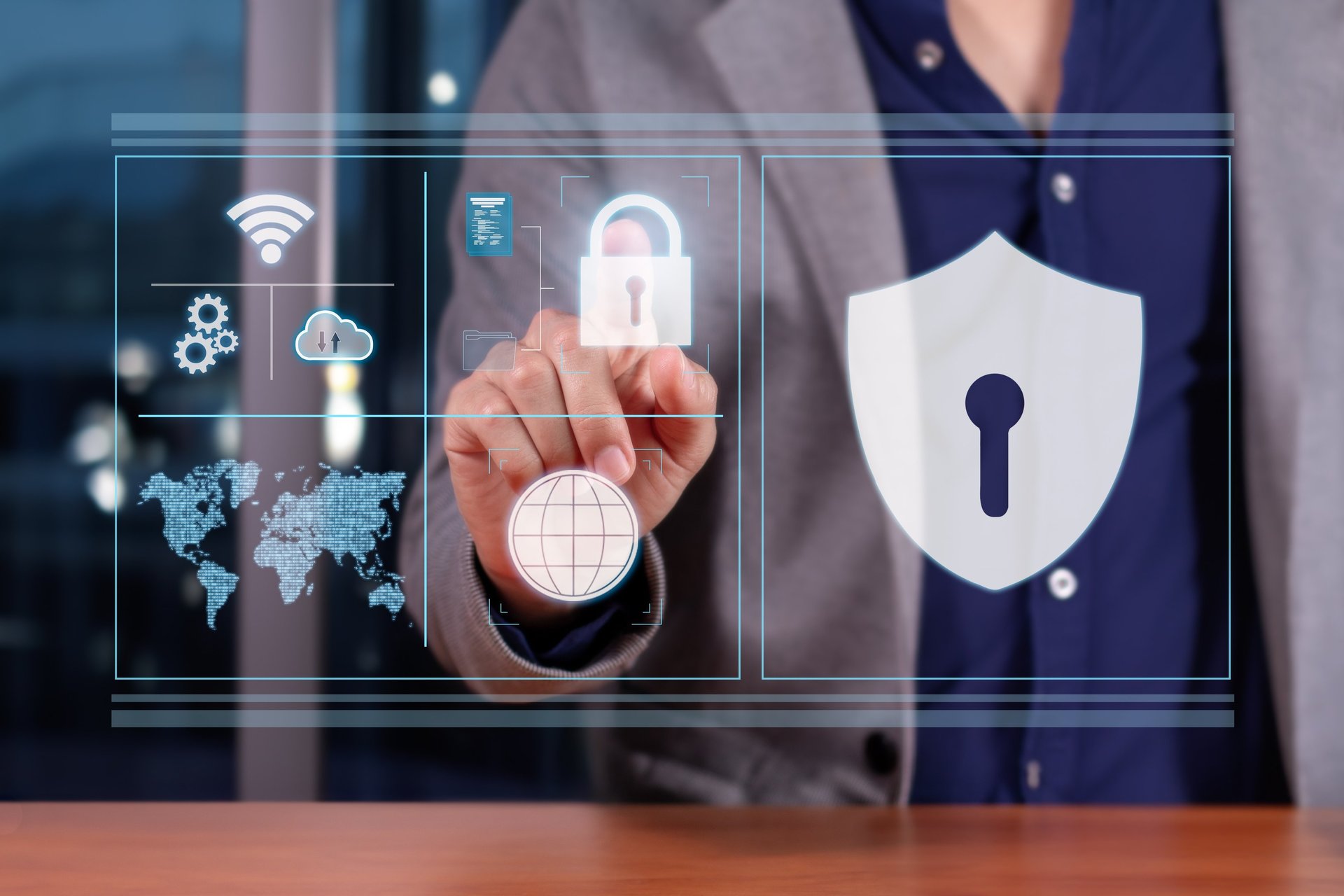
Cybersecurity and its Types
What Is Cybersecurity
Cybersecurity is the practice of securing our devices, such as mobile phones, computers, and laptops, from various types of cyberattacks. It ensures that no one can harm or steal our digital identity. To stay safe online, it is essential to learn about and be aware of cybersecurity practices, which will help us better protect our systems and secure them from potential threats.
By the end of this blog, you'll gain a comprehensive understanding of cybersecurity, including different types of cybersecurity, careers in the field, common cyberattacks, how to protect yourself online, and the future of cybersecurity.
As technology rapidly evolves, so do the threats to our digital lives. Cyberattacks—attempts to steal identities, money, and sensitive information—are becoming more frequent and sophisticated. That’s where cybersecurity comes in. It plays a crucial role in protecting our online presence and ensuring the digital world remains a safe and secure space for everyone.
Different Types of Cybersecurity
Now that we have a basic understanding of cybersecurity and how it works, we can explore the various types and areas within the field. This will help us understand their importance in ensuring the safety of our systems.
1. Network Security


As we know, a network is a group of two or more interconnected devices. To protect these networks, along with the important and confidential data of different companies, from cyberattacks or unauthorized access, network security plays a crucial role. Network security employs various techniques, including both hardware and software, to safeguard our networks. Common network security measures include firewalls, Intrusion Detection Systems (IDS), Intrusion Prevention Systems (IPS), encryption protocols, and Virtual Private Networks (VPNs).
Firewalls are used to monitor and block the unwanted traffic in a network.
IDS is used to detect and alert about potential intrusions in a network.
IPS actively monitors and block the unwanted network traffic in real time to avoid cyber threats.
Encryption Protocols converts data into a secure coded format, ensuring that it can only be accessed by authorized users.
VPNs are used for secure remote access.
2. Information Security


Key Points
Information security aims to protect data and confidential information from unauthorized access by maintaining the CIA Triad of cybersecurity, known as Confidentiality, Integrity, and Availability. It safeguards data both when stored and during transfer by using techniques such as encryption, data masking, and tokenization.
Key Points
Daily backups are used to restore data in case of any type of loss.
Encryption is used to transfer data securely.
Restricts who can view or modify data.
3. Cloud Security

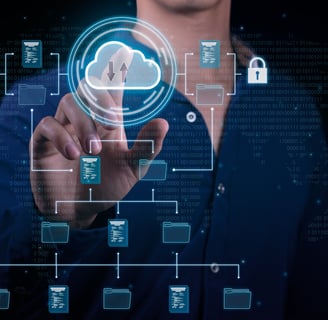
Cloud security involves cybersecurity policies, technologies, and controls used to ensure the protection of data, including websites, applications, and other services hosted in the cloud. It is crucial due to the increasing use of business communications and popular cloud platforms such as Google Cloud, AWS, and Microsoft Azure.
Key Points
Encryption to ensure the security of data that is stored in cloud.
Identity and Access Management (IAM) is used to ensure proper authorization.
Firewalls are used to monitor and restrict traffic in the cloud.
Enforce proper cybersecurity guidelines for cloud hosted service platforms.
4. Application Security
Application security involves securing an application throughout its development process, including testing for security vulnerabilities, debugging, and fixing them with patches. It also includes encrypting user data within the application and regularly applying updates and patches.
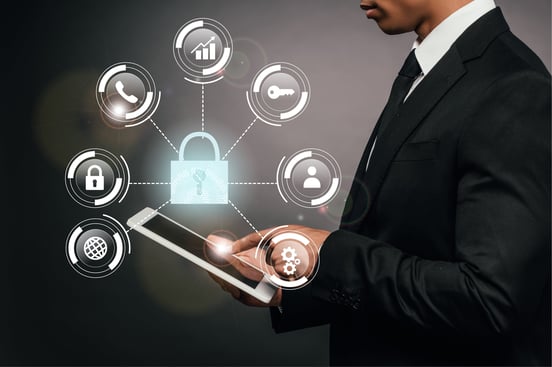

Key Points
Regulary testing of softwares to identify for different vulnerabilities.
Implementing secure coding guidelines to protect against SQL injection attacks.
Patching software to fix known security vulnerabilities.
5. Endpoint Security
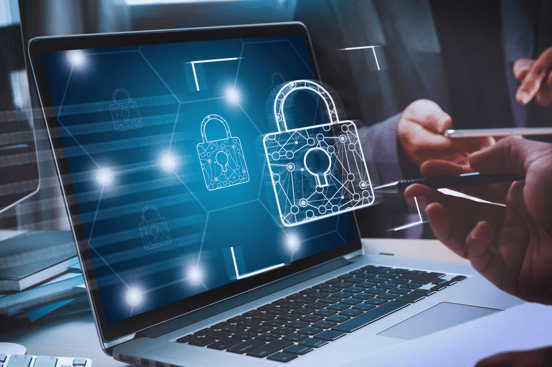

Endpoint security involves securing devices such as laptops, computers, mobile phones, and tablets that are connected to a network. It uses security software tools, such as antivirus programs, anti-malware solutions, and firewalls, to detect and protect devices and networks from cyberattacks before they can be compromised.
Key Points
Firewalls and encryption technologies are used.
Antivirus software is used to detect and remove malware and threats.
Two-factor authentication (2FA) is used to secure devices.
6. Mobile Security
Mobile security involves securing mobile devices such as smartphones , tablet and more from different types of cyber threat such as malware , financial fraud , data theft and phishing. Due to large amount of mobile users and their personal data , mobile devices are largely targeted by Cyber Criminals.
Key Points
Ensures that all apps are safe and free from malware to maintain security.
All sensitive data must be encrypted to maintain user privacy.
Ensures that mobile devices can only connect to secure networks.
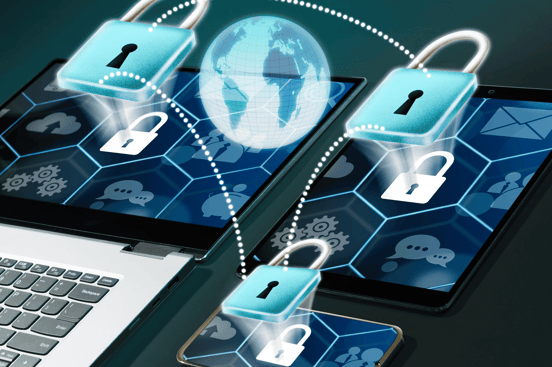

Strong authentication methods, such as biometrics and facial recognition.
7. IOT Security


The Internet of Things (IoT) ensures the security of interconnected devices on the internet, such as mobile phones, laptops, computers, and other embedded systems, allowing them to communicate with each other safely and securely. However, many of these devices lack built-in security features, making them vulnerable to cyberattacks.
Key Points
Regular updates and patches for IoT devices.
Implementing strong encryption for IoT devices.
Secure two-factor authentication (2FA) access for IoT devices.
8. Operational Security
Operational Security (OpSec) refers to the protection of systems that handle highly sensitive information or data, ensuring it is not exposed, whether intentionally or unintentionally. It involves identifying potential cyber threats and security vulnerabilities so that they can be addressed, and the necessary security measures can be implemented to safeguard these systems.


Key Points
Threat analysis to uncover weaknesses
Secure management of sensitive data within operational workflows.
Employee education to prevent accidental data exposure.
9. Core Systems Security
Core Systems Security refers to the protection of systems that are integral to a country's economic infrastructure and vital assets, such as public safety or health records in hospitals. This includes power grids, water treatment plants, healthcare facilities, and transportation systems. A cyber attack on these systems can be highly destructive.
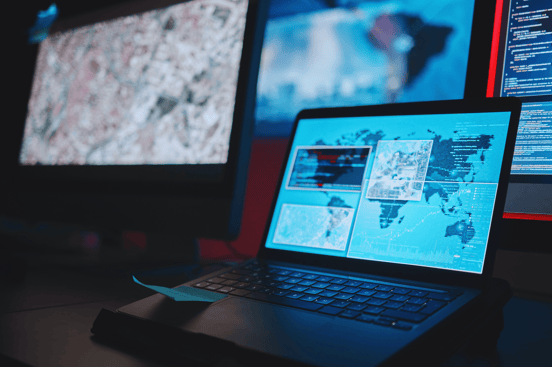

Key Points
A real-time threat monitoring system for Industrial Control Systems (ICS).
Securing SCADA systems that manage critical infrastructure.
Establishing incident response protocols.
Conclusion
In the end, cybersecurity is crucial for everyone, as it helps keep our systems, data, and personal information safe from unauthorized access and cyber attacks. By understanding cybersecurity and its various types, individuals and businesses can better protect themselves and ensure their data privacy. As cyber attacks continue to grow in frequency and sophistication, it's essential to adopt advanced security measures to defend against them. Staying informed about cybersecurity is a vital step we should all take to safeguard our digital lives.
If you find my blog helpful, please share it with your friends and don't forget to subscribe to receive the latest notifications about articles related to cybersecurity and ethical hacking.
Subscribe to Our Latest Blogs
Stay updated with the latest insights, tips, and trends in cybersecurity by subscribing to our blog.
